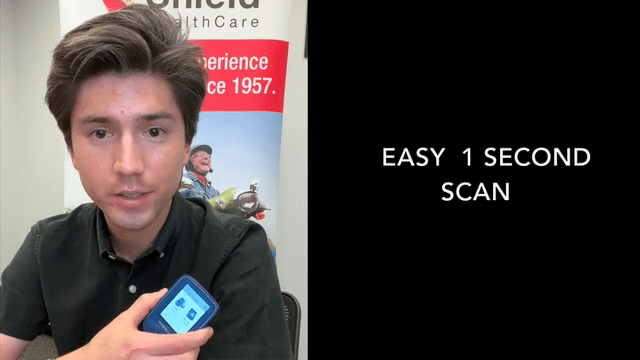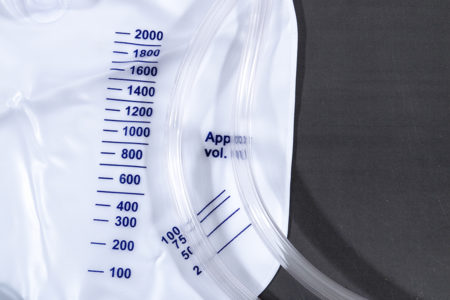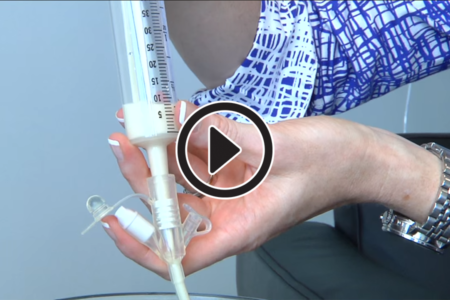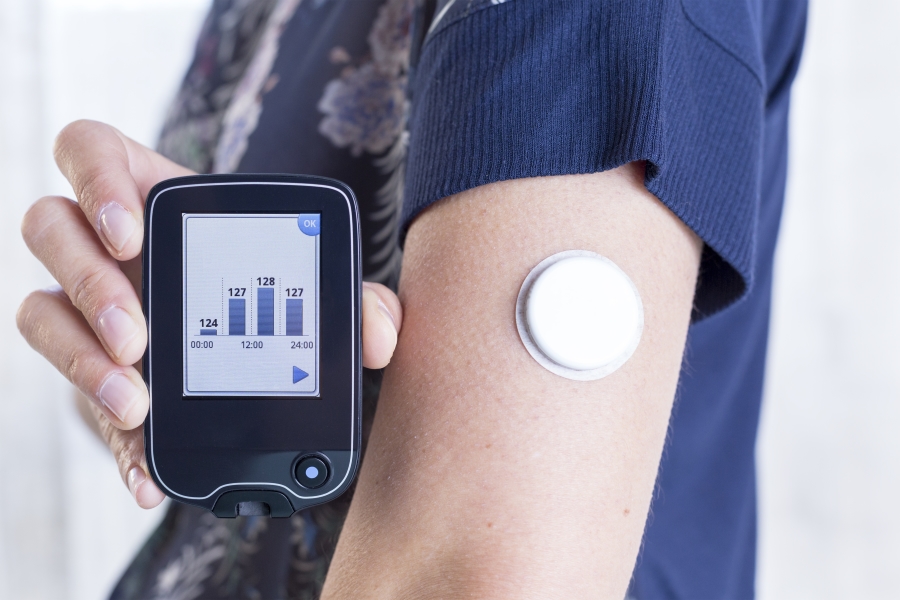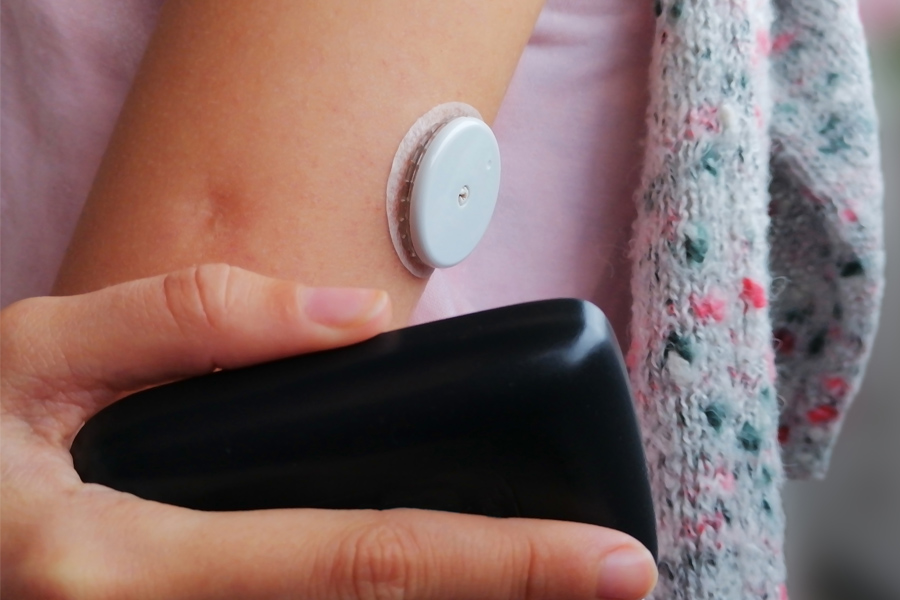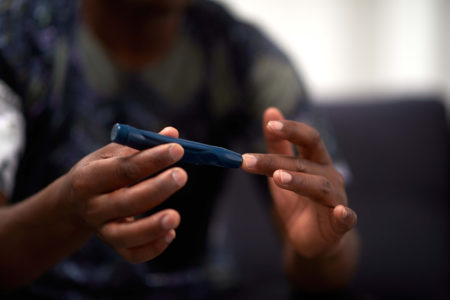CLICK HERE TO WATCH THE VIDEO ON CGM
With so much information available regarding diets on the internet, in books, on TV, and with many “quick fixes” plans, it can be very confusing and often contradictory. Those of us that are monitoring our glucose levels for optimal health were traditionally told to “not eat this” or “cut out these foods” or “handed a diet to follow”. This made choosing foods difficult and even harder to stick to a plan. In the past, we had very few tools to measure glucose levels. Daily finger sticks give us information in just a moment of time, and we are unaware of what happens with glucose levels between those finger sticks. The introduction of continuous glucose monitors (CGM) has provided the ability to personalize your lifestyle and food choices by having real-time actionable information.
The CGM measures glucose levels 24 hours a day which gives the “full picture” and therefore reduces the number of finger sticks and in some cases eliminates the need for finger sticks. In addition, glucose levels can be viewed on the handheld monitor or an app on your mobile device which is transmitted by the sensor that is worn on the back of the arm. Glucose levels are displayed in numeric form and as a graph to visualize trends throughout day and night. The CGM system can be personalized with settings such as alerts for glucose level thresholds, alarms for safety, note, and reminders. And, if you choose, the data can be shared with friends, family, and your healthcare team. This is an ideal tool when monitoring the glycemic reaction to foods or activity.
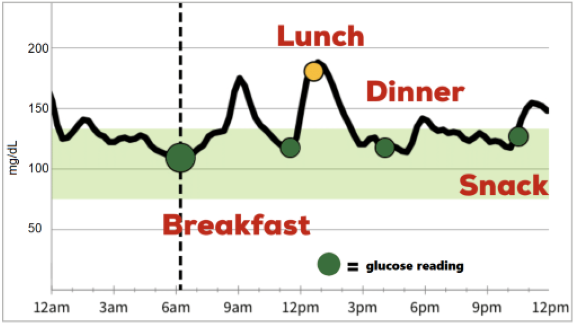 Postprandial glucose (PPG) means the concentration of glucose after a meal. This level gives important information about how the body handles glucose after a meal. Glucose is the major fuel source for the body and every cell in your body relies on this energy source to function. The body works to maintain a consistent level of glucose by either storing or burning excess. We expect to see a temporary rise in glucose after a meal but if there are more frequent rises or glucose is elevated for a prolonged amount of time this is problematic. This could mean that the body has become less efficient at removing glucose from the blood. PPG levels too far outside an optimal range can indicate prediabetes or diabetes. Knowing your PPG is insightful, but it’s especially important for those who are pregnant, at risk of diabetes, or actively managing Type 1 or Type 2 diabetes.
Postprandial glucose (PPG) means the concentration of glucose after a meal. This level gives important information about how the body handles glucose after a meal. Glucose is the major fuel source for the body and every cell in your body relies on this energy source to function. The body works to maintain a consistent level of glucose by either storing or burning excess. We expect to see a temporary rise in glucose after a meal but if there are more frequent rises or glucose is elevated for a prolonged amount of time this is problematic. This could mean that the body has become less efficient at removing glucose from the blood. PPG levels too far outside an optimal range can indicate prediabetes or diabetes. Knowing your PPG is insightful, but it’s especially important for those who are pregnant, at risk of diabetes, or actively managing Type 1 or Type 2 diabetes.
With all this information at your fingertips you will want to go in with a plan and figure out what you would like to test and take notes about the key things that you learn. There are several things that you can monitor. Using the glucose value from the CGM, you should determine if it is within your target range and if not, what steps to take to reach your target. Your target range and plan of action can be defined together by you and your healthcare team. You can also monitor the trend arrows which give insight on the direction and speed with which your glucose values are changing. The trend arrows can show how different foods and activities affect glucose levels. For example, if the arrow is rising rapidly after a certain meal or snack this may prompt you the next time to consider a smaller portion size or try a
different combination of foods to prevent glucose levels from rising as quickly.
Finally, once you have worn the CGM for a few days you can look back at the recorded data and pick out any trends. This data is also useful when meeting with your healthcare team to personalize your plan based on the glucose responses to meal, exercise, and even medications and make any potential adjustments. Be open to change 1 – 2 things in your lifestyle and this will keep things simple and achievable. There is nothing like feeling you’ve reached your goals!

Kristin Sessums, MS, RD, LD, CDCES
Registered Dietitian, Shield HealthCare





